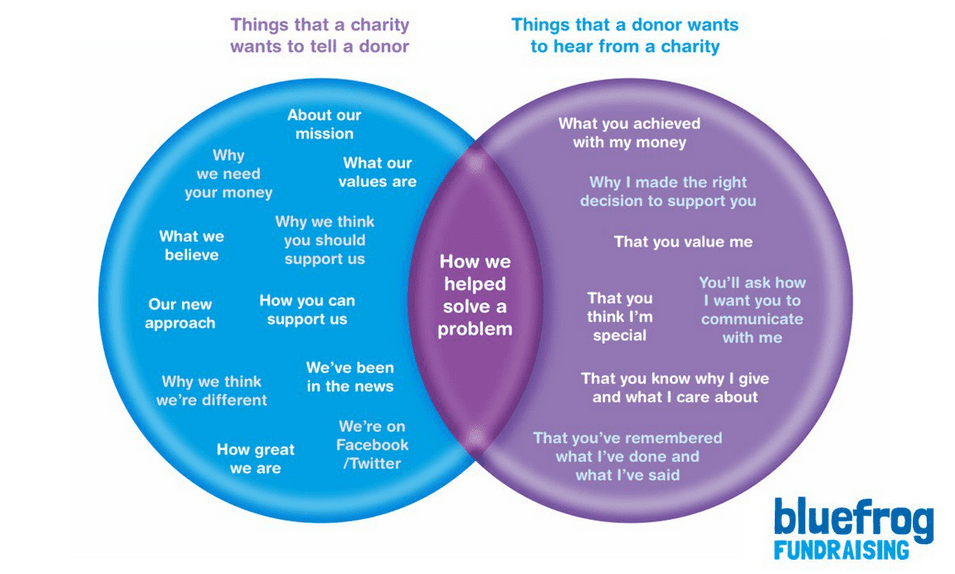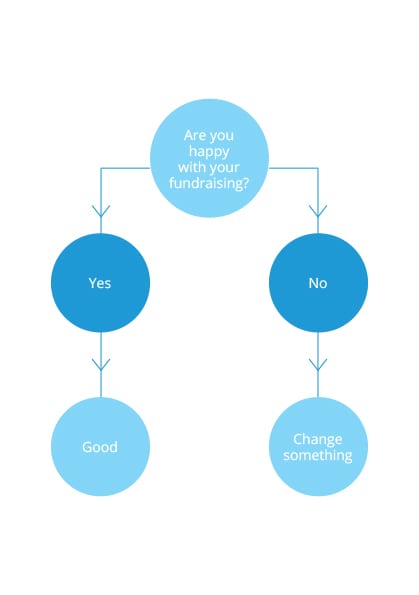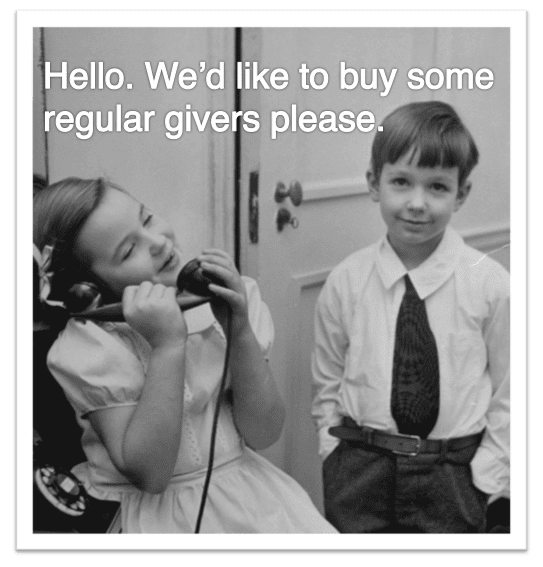My seven stages of Twitter
You must have heard about Twitter. If you are already a user, you'll probably be able to relate to much of my experience. If you haven't yet joined, hopefully this will help you find out what lies in store for you.
First a few notes for the real beginner.
- A tweet is a micro-blog. You have 140 characters to share a thought. People use URL shorteners so that they can post links.
- A follower is someone who reads a twitterer's tweets. When you follow someone, their tweets are automatically delivered to you as they are posted.
- The @ symbol before a name is simply there to define the name of a Twitter user. I'm@markyphillips for example.
- The # (hashtag – it's alt 3 on a mac) defines discussion topics to enable simple searches.#followfriday for example is the hashtag given to the day each week when recommendations on people to follow are shared (you will have to sign up to see what is happening on followfriday).
Now, back to my seven stages…
Dismissal
I first heard about Twitter a couple of years ago. I'm not sure who told me about it first. It was either @rydesign or @breathingsince.
At that point it looked to me like some sort of mass texting service that you could use to let your friends know about the state of your hangover, what you'd had for lunch and what particular song was playing on your itunes.
I thought it seemed like a load of rubbish.
Signing up
After hearing and reading a few news stories, I finally signed up in February. I made some inane comments along the lines of those described above. My opinion hadn't really shifted much.
Fiddling
I started following a few people and organisations outside my network of friends and got a few follows back. Being a newbie, I didn't quite understand the rules. I did a small number of business type tweets that referenced queerideas.co.uk and Bluefrog along with other sites and news that I thought might be of interest to charity fundraisers.
Interest
@AlineReed let me in on @serafinowicz's use of Twitter and Just Giving to raise £5,000 for Comic Relief. I blogged on this back in the middle of March. The fact that someone was using it for fundraising suddenly lifted Twitter out of the realms of a disjointed stream of consciousness into something that charities could use to engage donors and raise funds.
Oooooh I thought (in a rather Frank Spencer way).
Engagement
I started following 'hard core', looking for all Twitter streams that interested me. From social networking specialists, through to charities, fundraising, advertising, Arsenal, news, celebrities and politicians. I gained new insight into charity fundraising, uncovered fantastic pieces of psychological and social research, discovered great new organisations like herorat.org from@AmandaSanter and started to interact with CEOs of charities like @Kjer from FORGE.
I started being braver about my own tweets too. I saw that personal comments helped to turn organisations into people who I grew to like. Rather than just keeping it to newsy items, I started to joke and returned to a few of the tweets that I'd dismissed weeks earlier. I even started to swap restaurant reviews with @causeperfect and we have been talking about setting up a 140 character restaurant review twitterstream called #wowchows (credit to Jackie for the name).
I also moved from using the twitter website to TweetDeck for my computer and Tweetie for my phone. These make it easier to communicate with large numbers of twitterers.
Conversion
Recently my brain has started changing. I am now thinking in 140 character chunks and I'm much more economical when explaining issues.
What has been the biggest surprise is that it has changed how I give to charity. If I like the people who are tweeting, I'm much more likely to give to them. As a result I'm now a donor to the Lake Simicoe Conservation Foundation in Canada through @KimberleyCanada, Borneo Orangutang Survival Inernational through @DerekHumphries, Charity:Water through @scottharrisonand as I've mentioned already, to FORGE through @kjer. I've even got around to re-starting a direct debit to Amnesty International UK because of the tweets from @SusanneUre from Amnestyin Canada.
Smaller charities in the UK have also caught my attention. Organisations like @HearingDogs and@bullyinguk are in the big league on Twitter being regularly recommended on #followfriday. The biggies such as @theNSPCC and @christian_aid are still comparatively quiet and follow very few people.
Twitter is another enormous step in the globalisation of charities. It is changing the ground rules on a weekly basis. Just because I live in the UK, for example, doesn't mean I have to support a charity based here. The feedback I get from my Twitter friends is what is important to me.
I can see that more of my donations will be given through the way I interact with them on Twitter. Next on my list is going to be the sponsorship of a Lion Guardian through Wildlife Direct – brought to my attention directly by the CEO – @paulakahumbu.
Evangelist
Of all the social networking vehicles I've engaged with, Twitter has been the most enriching and rewarding – in all senses. Yes, there is a fair amount of chaff amongst the grains of wheat, but each snippet of news that I read, each thought that I'm exposed to and each link that I click returns so much that it is worth it.
I really can't see the day when I'll stop blogging and I don't see Twitter damaging blogs at all. At the end of the day much of the joy of Twitter is through being referred to larger thought pieces, more detailed stories and research findings and I'd like to continue adding to the knowledge and understanding that Twitter is helping tens of thousands of people to unlock.
Why don't you join us? New friends, understanding and knowledge comes free with every sign up.
You start here.
Tags In
The Essentials

Crack the Code to Regular Giving: Insights, Strategies, and a Special Giveaway!

‘Tis Halloween. Keep to the light and beware the Four Fundraisers of the Apocalypse!

Why do people give? The Donor Participation Project with Louis Diez.

A guide to fundraising on the back of a postcard

What does the latest research tell us about the state of fundraising?








